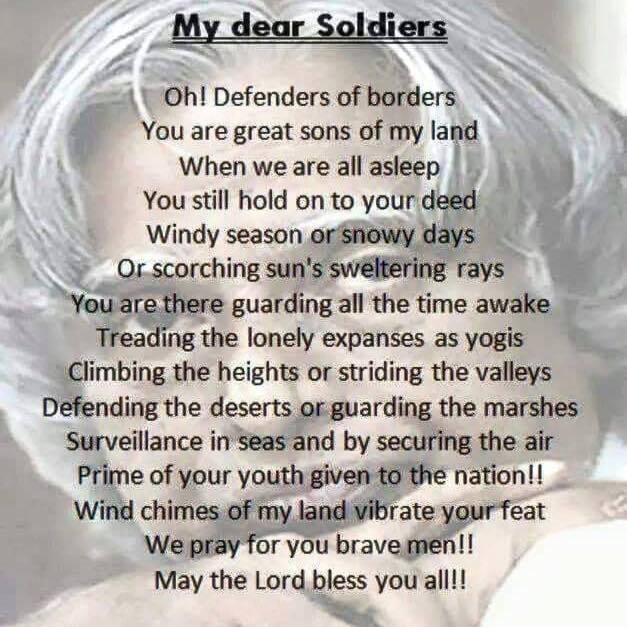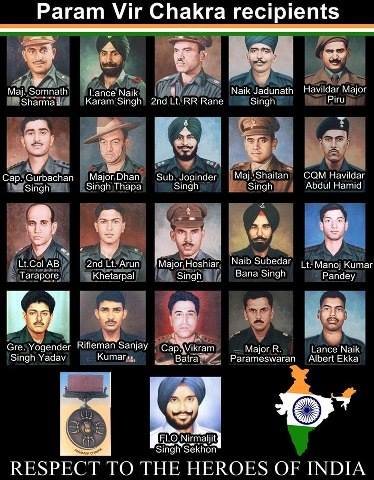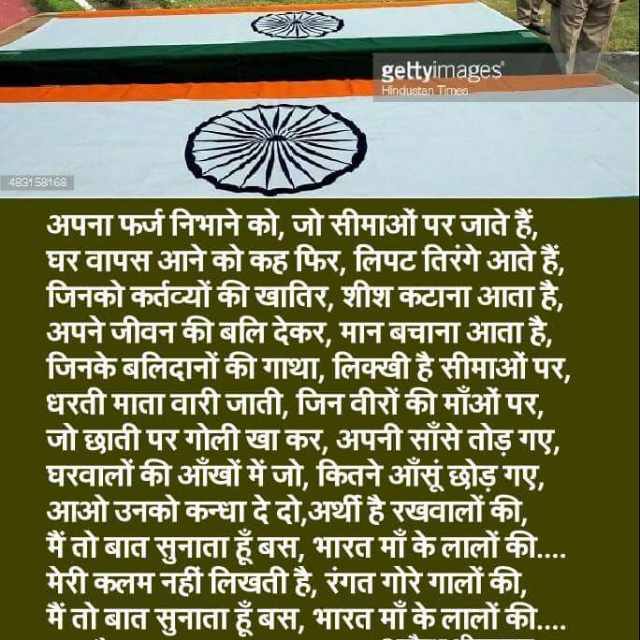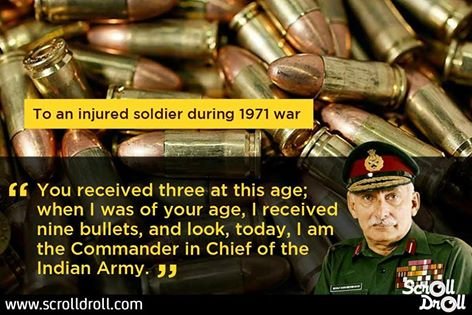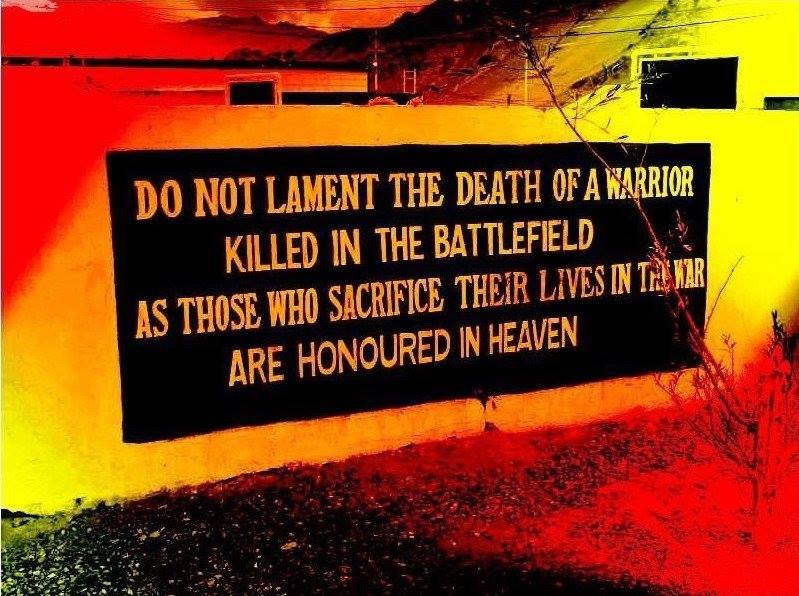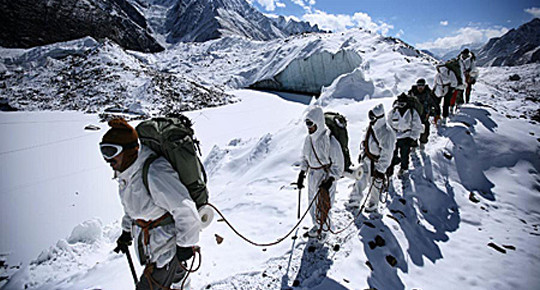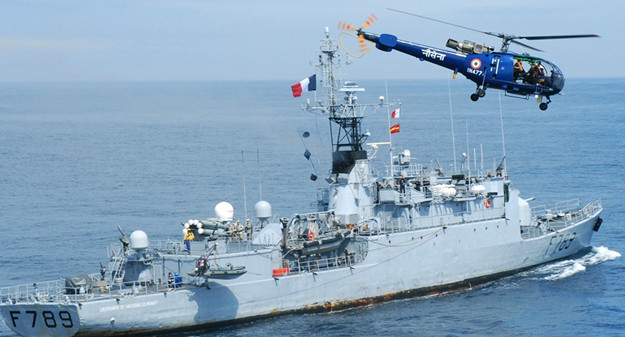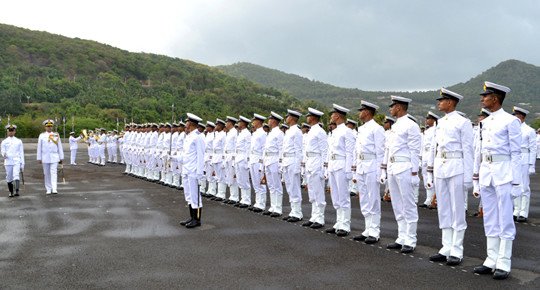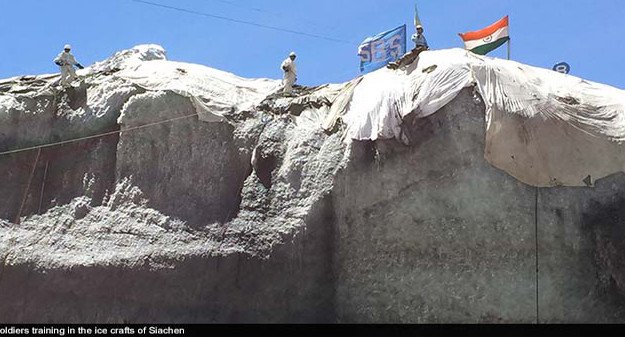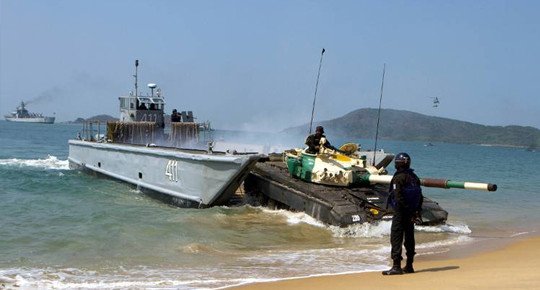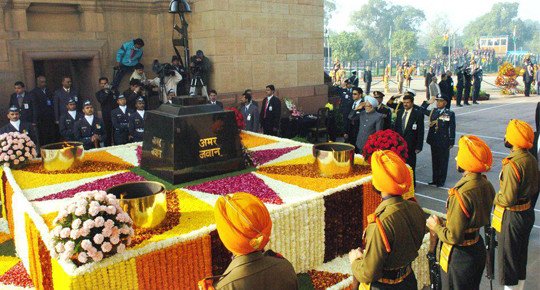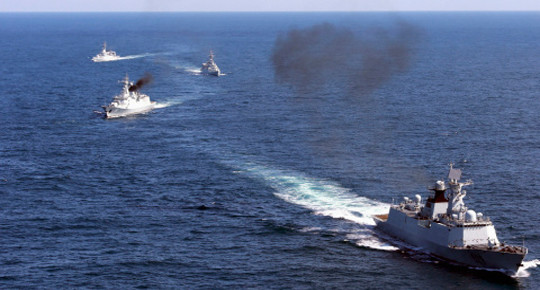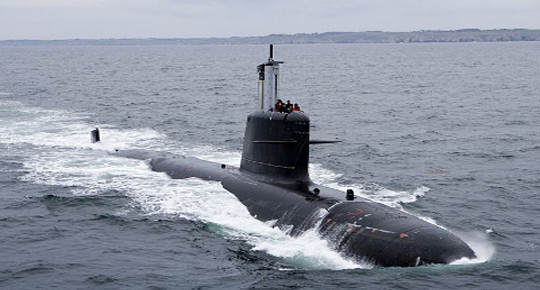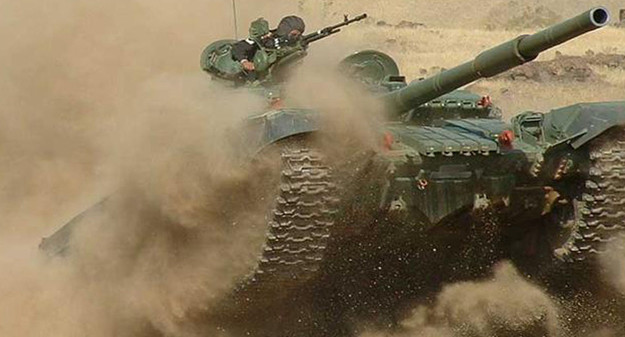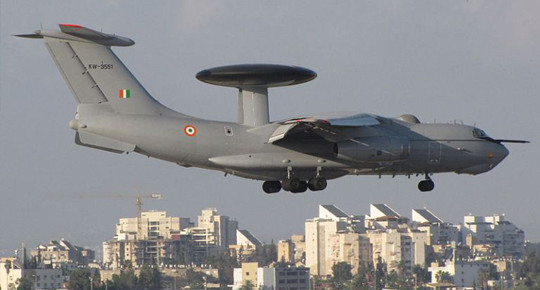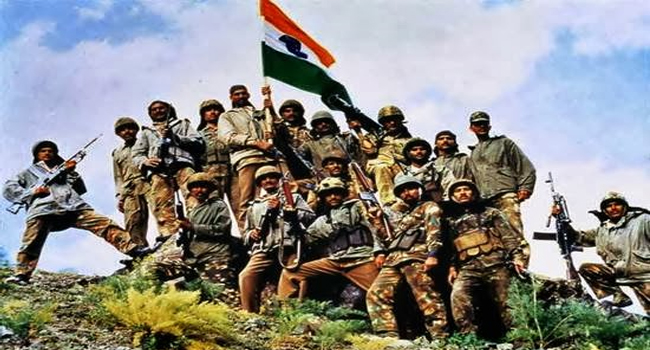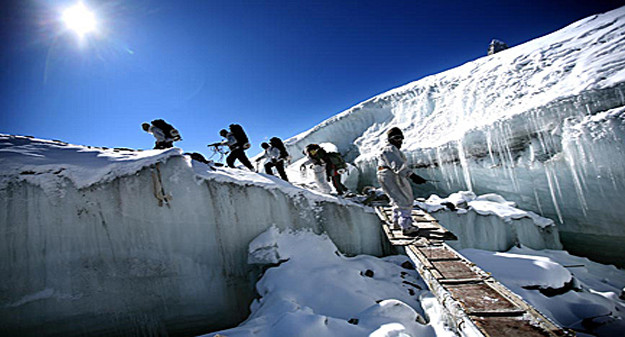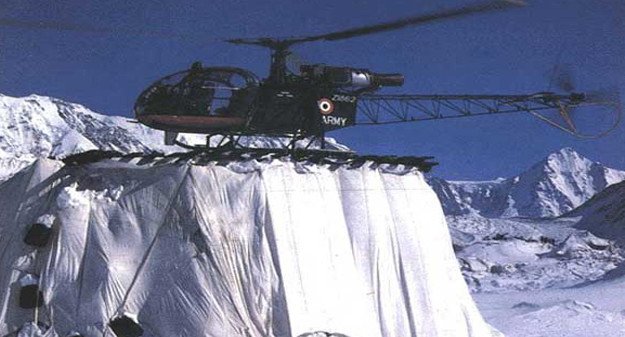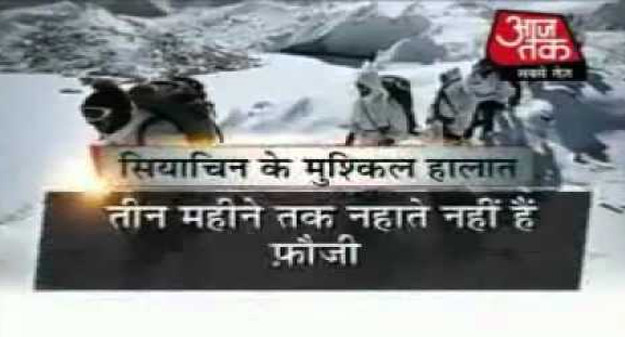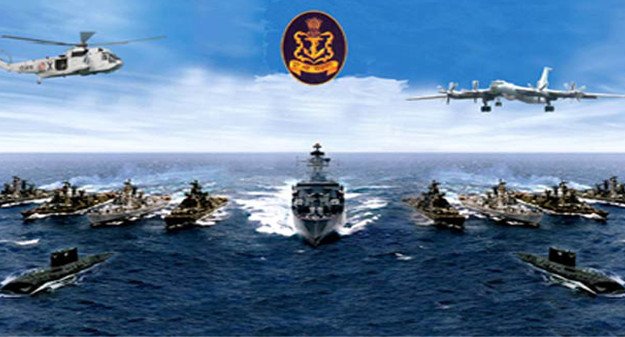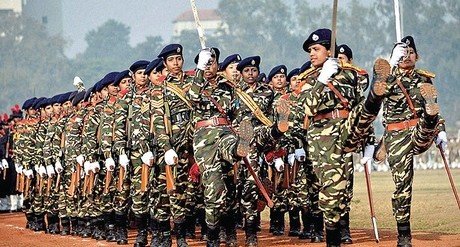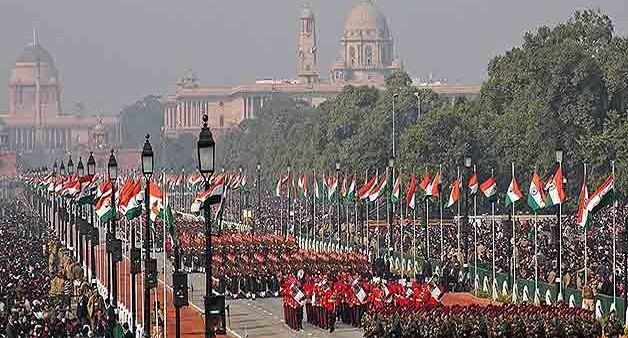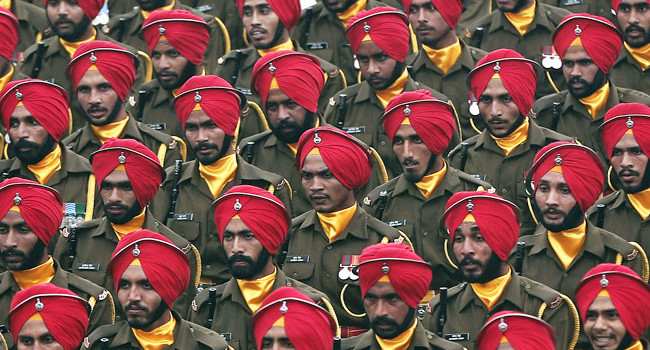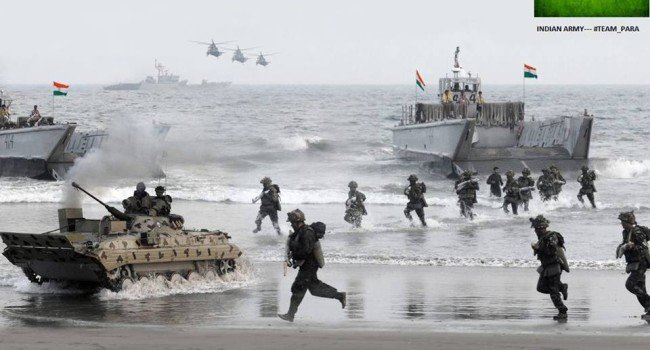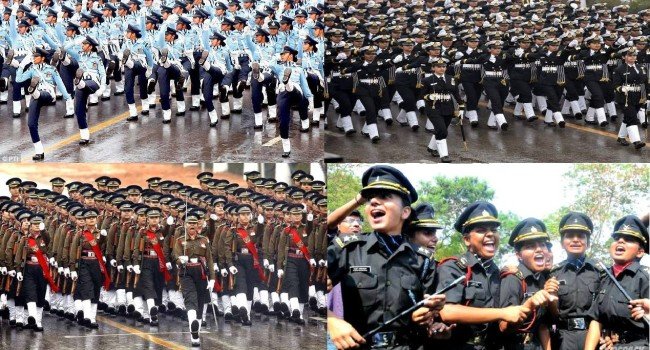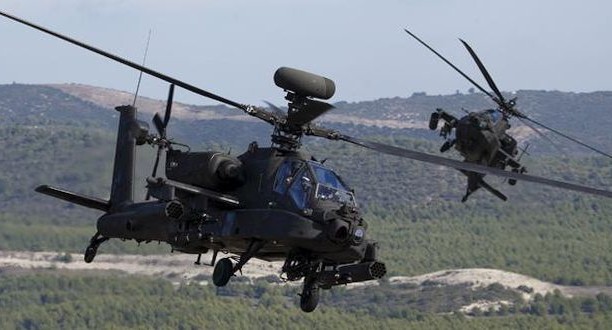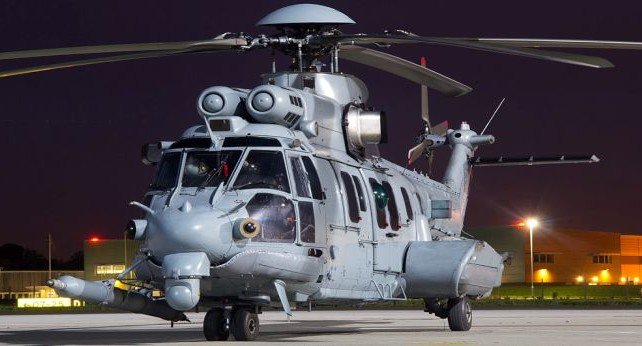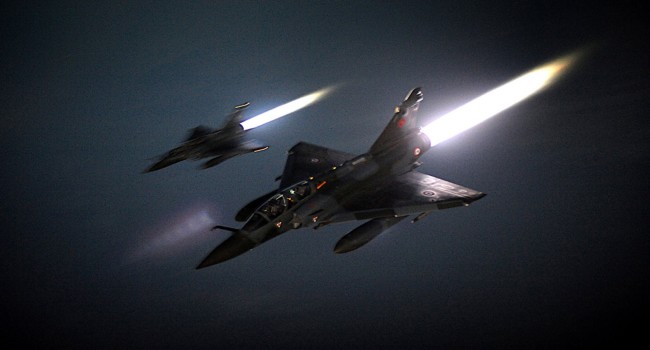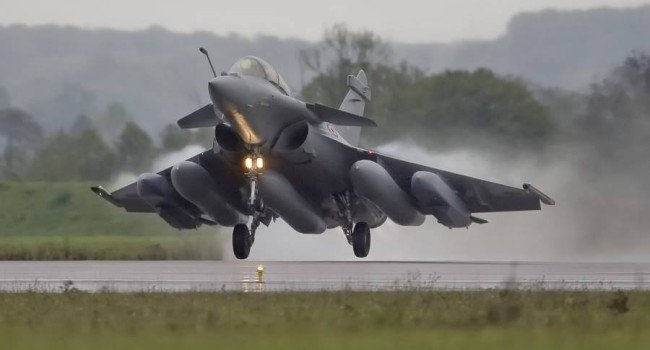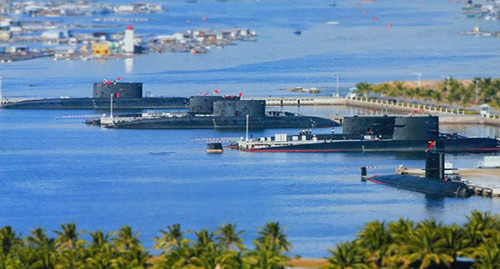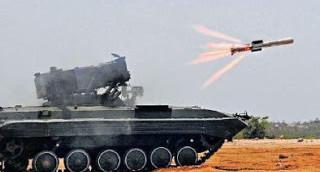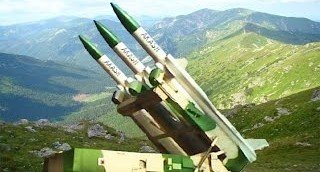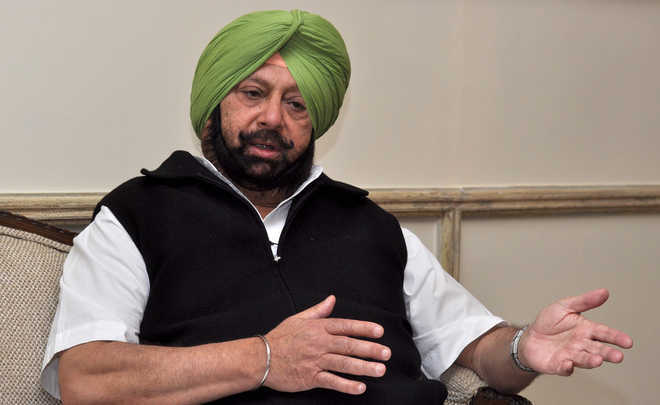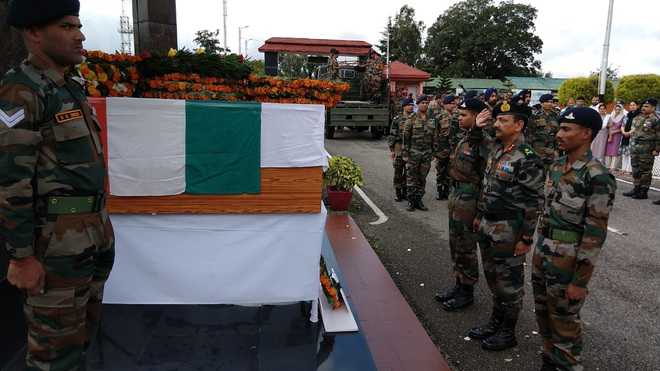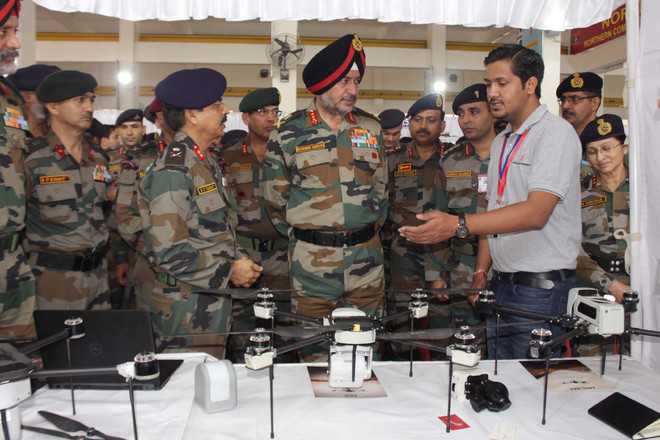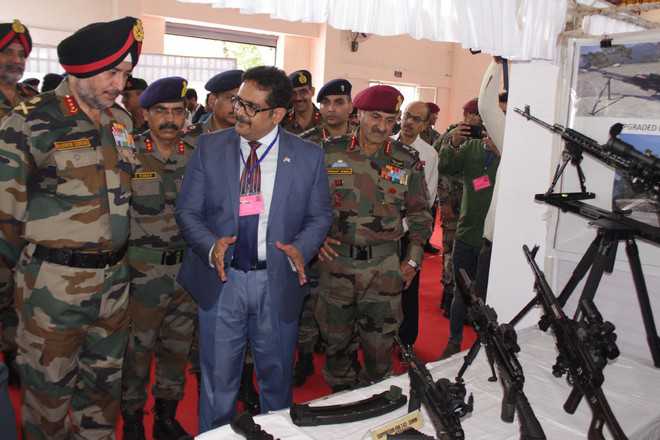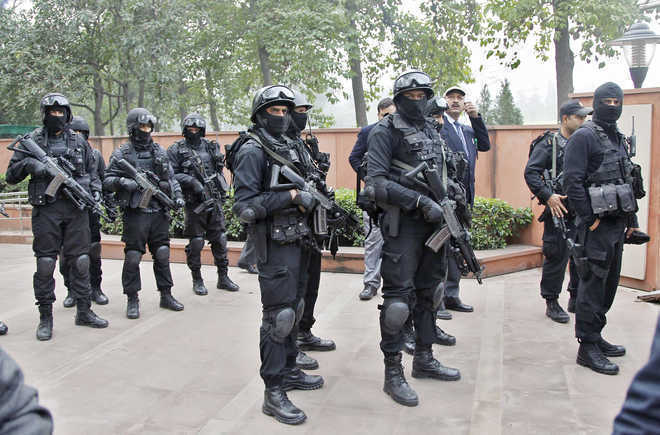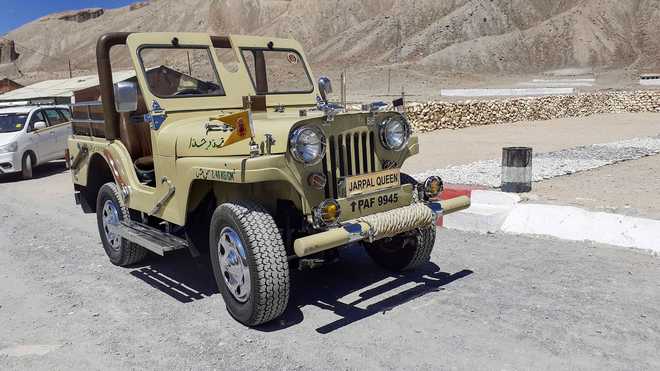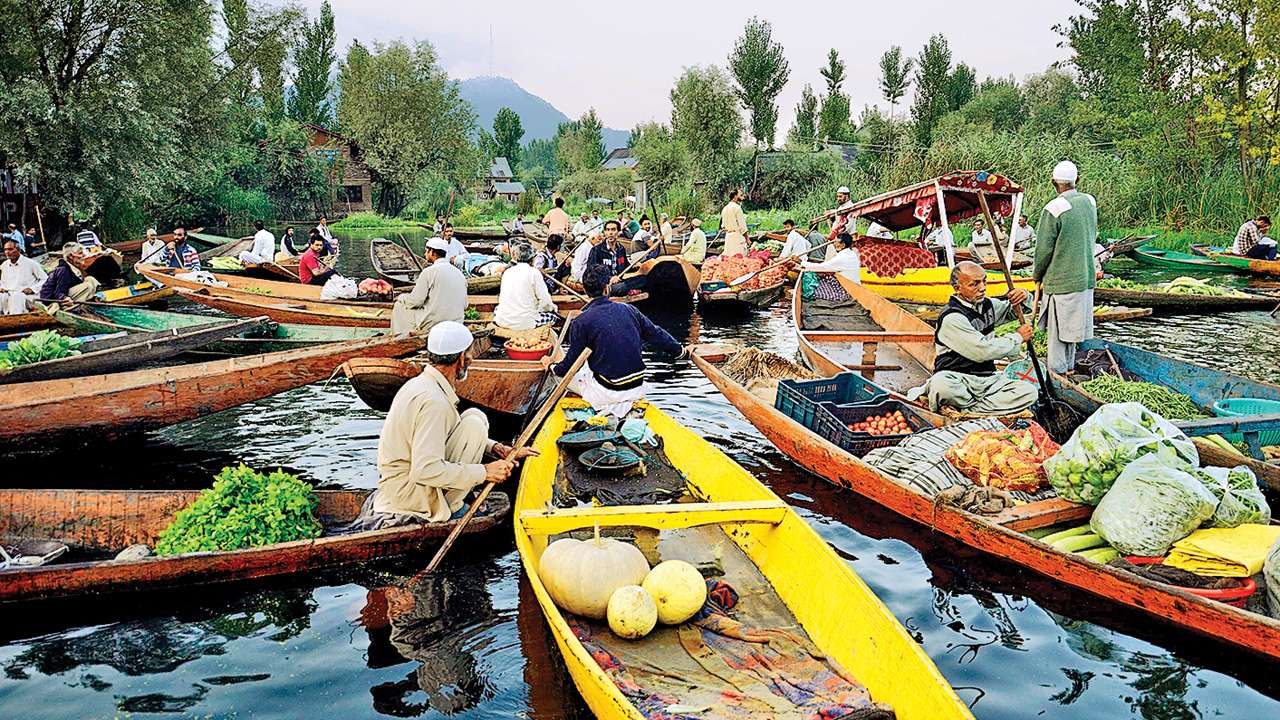Navdeep Singh
Defence spending is again in the news, and with it the common censure of the allocation being consumed mostly by pay and pensions. While we may choose to weigh in with emotional calls of soldierly pride and sacrifice et al, dispassionately seen the hazard the pay and pension bill poses is not easy to ignore. But then the solution does not lie in a maladroit approach of demonising concepts such as ‘One Rank One Pension’ (OROP) or disability benefits.
The heavy bill and its ascension with every pay commission is indeed a cause of worry. Though the defence services have been trying to shed some of their manpower, it is unlikely that this modest curtailment would result in significant savings. So what is the solution?
The straight response would be to drastically expand the concept of Short Service Commission (SSC), making it more attractive and less exploitative, and also introduce a Short Service Engagement scheme at jawan level with contributory pension, while concomitantly reducing the permanent staff under the existing defined pension (OROP) system. This arrangement can result in maintenance of military strength at the current levels but greatly reduce the pension bill.
Currently, officers are being offered SSC of 10 to 14 years after which they are compulsorily released without any pension, except those who opt (and are selected) for permanent commission. Previously, officers were allowed to exit after 5 years. Needless to say, the current structure leaves them at a crossroads without pension or guaranteed employment almost in middle age, with peak family commitments.
The way out of the quagmire is simple. Such SSC officers must be made members of a contributory pension scheme under the National Pension System (NPS) as is now applicable to civilian employees. Officers under the Short Service Appointment scheme of Indian Coast Guard are already members of NPS, denying the same to their military counterparts is anyway incongruous. There is also a requirement to protect their status or seniority if they opt for civil government employment after release.
Similarly, there is a need to introduce a Short Service Engagement scheme for recruitment at lower ranks – individuals who will serve for ten years and then be released with NPS benefits and “ex-serviceman status”. Obviously, these Short Service schemes would be voluntary and concurrent to regular entries which shall continue to be on OROP dispensation. However, gradually the number of the former may be amplified and the latter reduced.
The establishment would have to find ingenious, albeit practical and non-exploitative ways, to reduce the bill, and demonising OROP or disability pensions is not one of them. OROP is mandated by the Cabinet and was promised by successive governments to cater to the massively curtailed tenure of defence personnel who start retiring in their 30s. The way out is to reduce future OROP beneficiaries by rationalising permanent staff.
Similarly, the recent furore over disability pensions was unpleasant. Frequent transfers, regimented lifestyle, curtailment of freedoms and inability to cater to domestic commitments result in aggravation of common medical conditions in soldiers, a reality militaries face globally. The attempt should be to introduce policies to reduce stress and strain, provide comfort and succour to soldiers to reduce the prevalence of disability and consequently disability benefits. It would be imprudent to attempt to vilify military disabilities to save pennies rather than making lives of soldiers better.
Lateral induction of soldiers to other organisations such as Central Armed Police Forces (CAPFs) has also been propagated by successive pay commissions but opposed by the Ministry of Home Affairs (MHA). Perhaps the reason might be valid to an extent. CAPFs would not want military veterans parachuting into their ranks and blocking their career progression. But then there could be a solution by simply raising a separate organisation of military veterans under the MHA and employ them for duties configuring with their past expertise, or utilise them for national reconstruction roles or executing government schemes.
What is required to tame the military pension bill is a balanced but determined and humane political executive, and it seems the current defence minister might just fit that description.



